Exhibitor’s Stories
PLAY LIVES
SPACE
Hong Kong’s relationship to ludic space speaks of a move from nature to city, outdoor to indoor, channelling heritage, education, amusement, and recreation: histories of Space Play Lives in a city so dense that vertical micro indoor living extends outdoor to city canyons juxtaposed to spectacular natural landscapes.
Country Parks and special areas of nature conservation, legally protected since 1976, provide over 40% of Hong Kong’s land area for nature play, but Hongkongers were already creating vernacular ‘morning walker gardens’ in the 1960s. Developed on hillsides close to densely populated neighbourhoods, “Sang Wan Gong Yuen” are equipped for multiple play types, with community-made fitness rigs, botanic gardens, lounges, hearths, aquariums, dioramas, or shrines. Carving urban play space, USA artist Paul Selinger’s 1969 sculptural playground for Shek Lei’s public housing estate remains a reference point for immersive artistic spaces creating play stories. LAAB’s 2017 Colourscape interactive plaza, inspired by kaleidoscopic arrangements of colour tape, merges visitors with geometric environments, echoing Selinger’s unique experiment. teamLab’s interactive worlds complete the loop, as it seeks to navigate the confluence of art, science, technology, and the natural world, exploring the relationship between the self and the world and new perceptions through art.
Tiger Balm Garden, Hong Kong’s first public themed garden opened in 1935 by the Haw brothers, took visitors through Chinese myths and legends in its colourful and other-worldly sculptural mazy landscape. Years later, Lai Chi Kok Amusement Park or Lai Yuen (initially named Lychee Yuen), opened in 1949 with its wondrous entertainments, is etched into the collective memory of generations of Hongkongers busy building the city’s economy. Opening in 1977, Ocean Park staged spectacular views of the ocean with its rides set in unique natural settings, as it evolved into an edutainment complex raising conservation awareness. Pokémon GO in 2016 turned Hong Kong into an AR theme park with hundreds of often older players gathering across the city, chasing fantasy characters between real and virtual spaces.
Space features prominently in progressive education, especially when play enriches learning, taking children beyond classroom walls. Anji Play is a comprehensive curriculum advocating ‘True Play’ in early education, developed by Cheng Xueqin for China’s public education programmes. Fuji Kindergarten’s elliptical roof and multiple environments promote active play and growth, supporting “Self-Development Abilities”. Rakoon Design’s Baumhaus (German for treehouse) forest-themed, all-natural material playrooms nurture imagination, social interaction, communication, and creativity through open-ended role-play. Likewise, young adults share social experiences in Hong Kong’s upstairs cafés such as Sweet & Fun Café, which combine drinks and board games in cosy thematic environments.
Claiming industrial building spaces freed by Hong Kong’s manufacturing relocation to the mainland, young adults moved the business of play indoors. Recognising a good business model, companies such as Art Infection Space offer both Live Action Role Play game space and Cosplay photographic studios, and Lasermads, repurpose lofts into dark-lit rooms for laser tag action play. Retail can be designed as play, and Hong Kong’s youth shopping malls such as Sino Centre and In’s Point in Kowloon are focal points where Hongkongers treasure hunt for toys, fashion, manga, music, and nostalgia, the latter evidenced by multiplication of antique stores such as Shop Little Two and the good, the bad, and the creative acting as cabinet of Hong Kong pop curios. Where to next? Perhaps Korea, whose Tourism Organization crafted an enticing invitation to a country revisited by Ambiguous Dance Company and singers Leinalchi in the genre-reinventing Feel the Rhythm of KOREA video series.
-
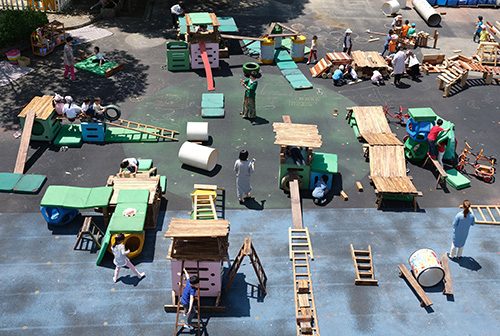
Anji Play
Anji Play
-

Art Infection Space
Art Infection Space
-
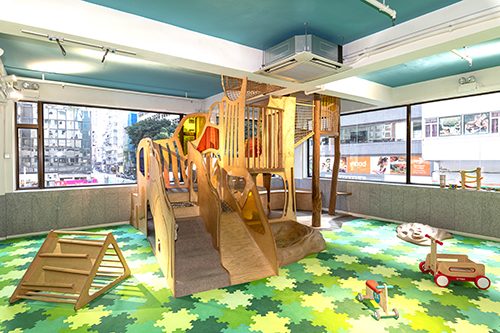
Baumhaus
Baumhaus
-
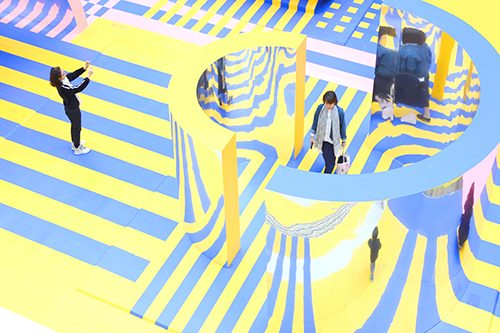
Colourscape
Colourscape
-
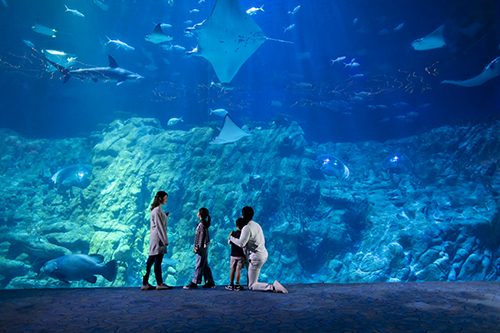
Evolution of Ocean Park from 1980s-2020s
Evolution of Ocean Park from 1980s-2020s
-
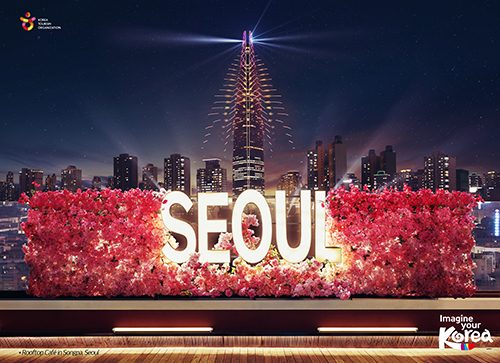
Feel the Rhythm of KOREA
Feel the Rhythm of KOREA
-
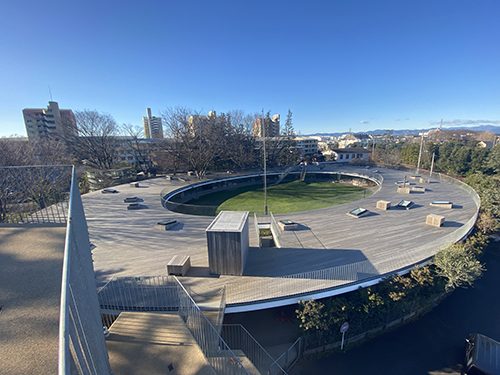
Fuji Kindergarten
Fuji Kindergarten
-
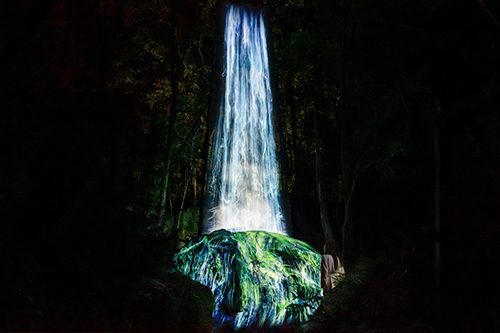
1. FUTURE WORLD: WHERE ART MEETS SCIENCE, ArtScience Museum 2. teamLab Borderless Shanghai 3. teamLab: A Forest Where Gods Live
1. FUTURE WORLD: WHERE ART MEETS SCIENCE, ArtScience Museum 2. teamLab Borderless Shanghai 3. teamLab: A Forest Where Gods Live
-
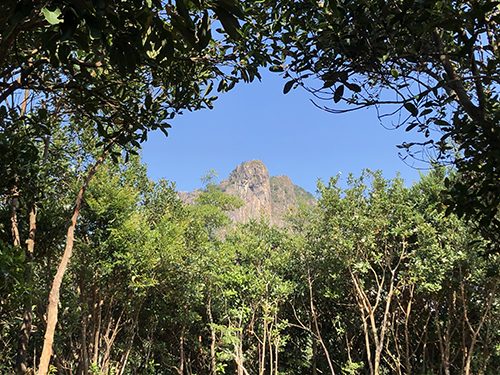
Hong Kong Country Parks
Hong Kong Country Parks
-
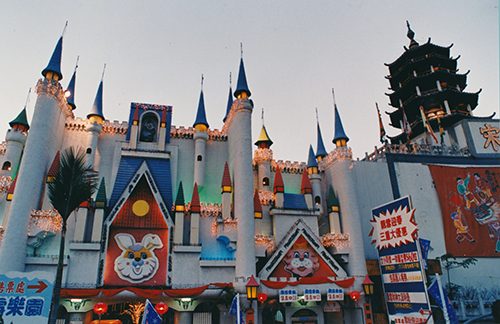
Lai Chi Kok Amusement Park
Lai Chi Kok Amusement Park
-
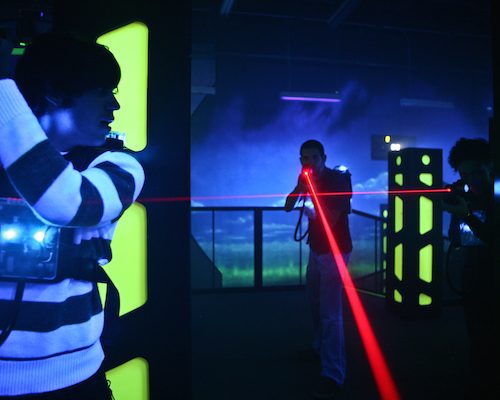
Lasermads
Lasermads
-
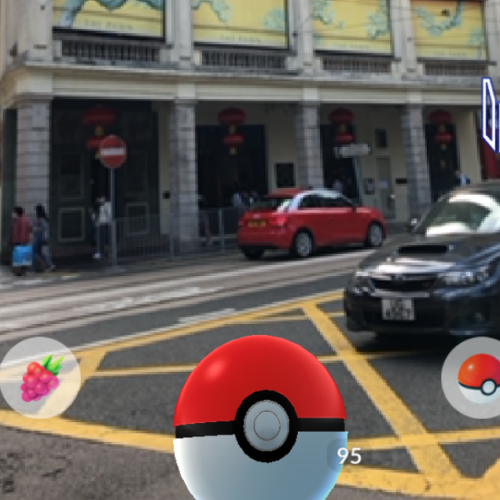
Pokémon GO
Pokémon GO
-
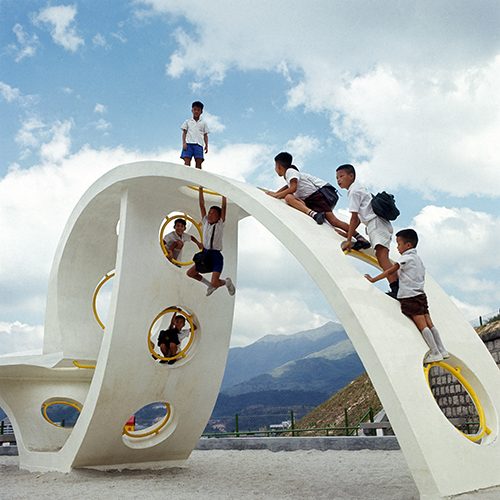
Shek Lei Playground
Shek Lei Playground
-
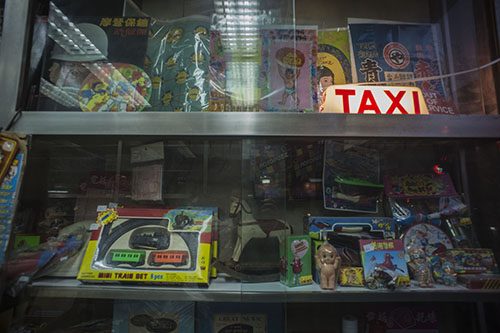
Shop Little Two
Shop Little Two
-
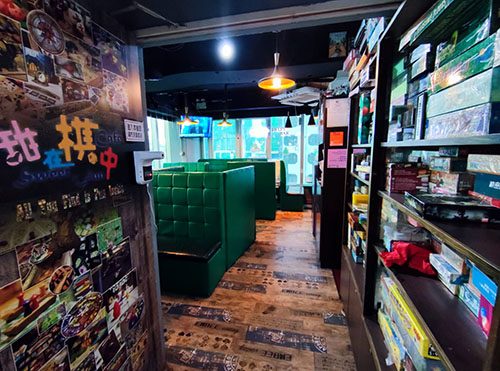
Sweet & Fun Café
Sweet & Fun Café
-
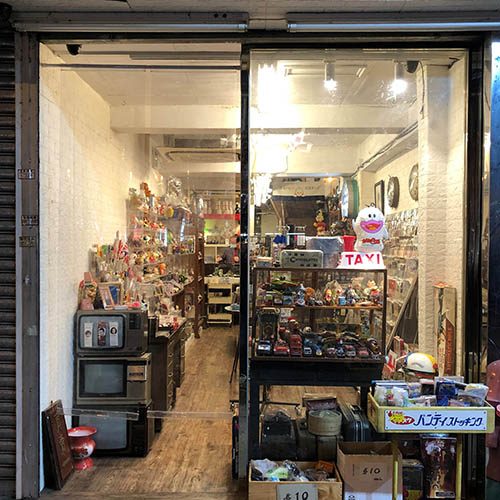
the good, the bad and the creative
the good, the bad and the creative
-
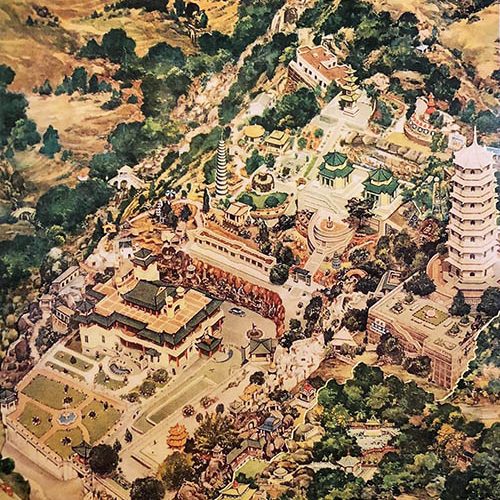
Tiger Balm Gardens
Tiger Balm Gardens
-
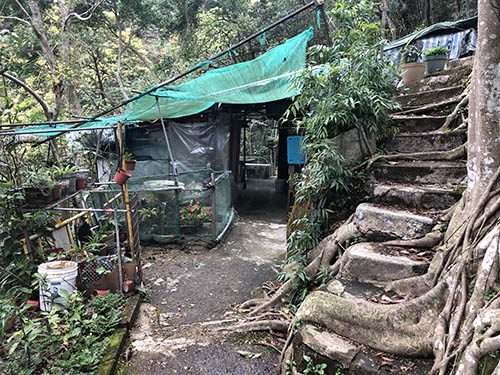
Vernacular Gardens
Vernacular Gardens
-
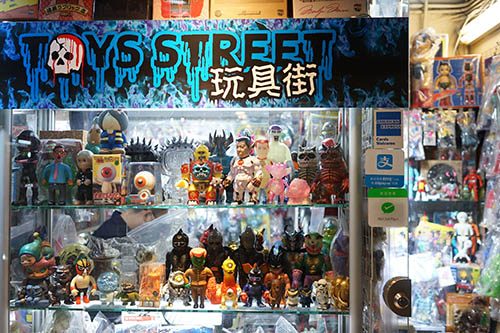
Youth Shopping Malls
Youth Shopping Malls